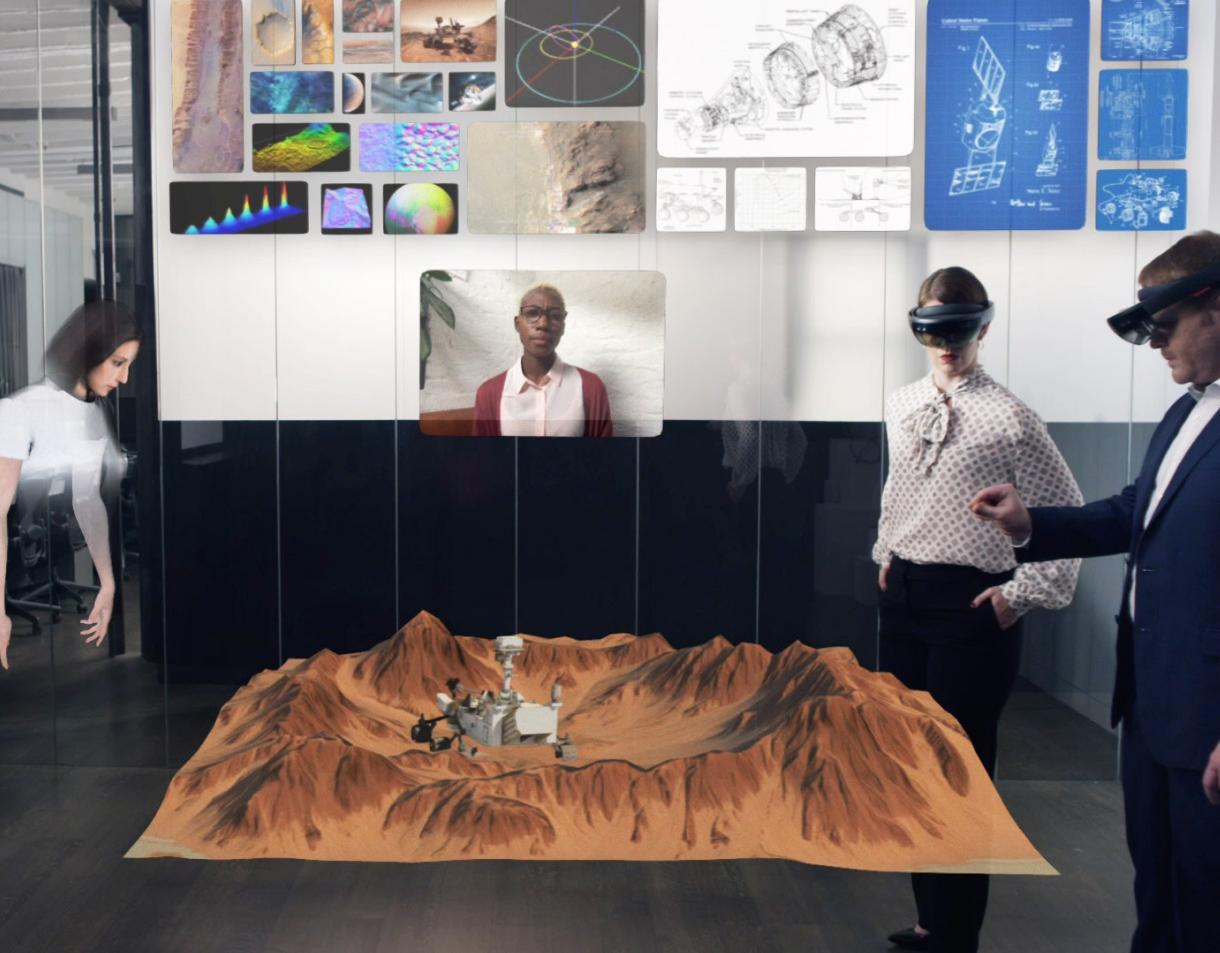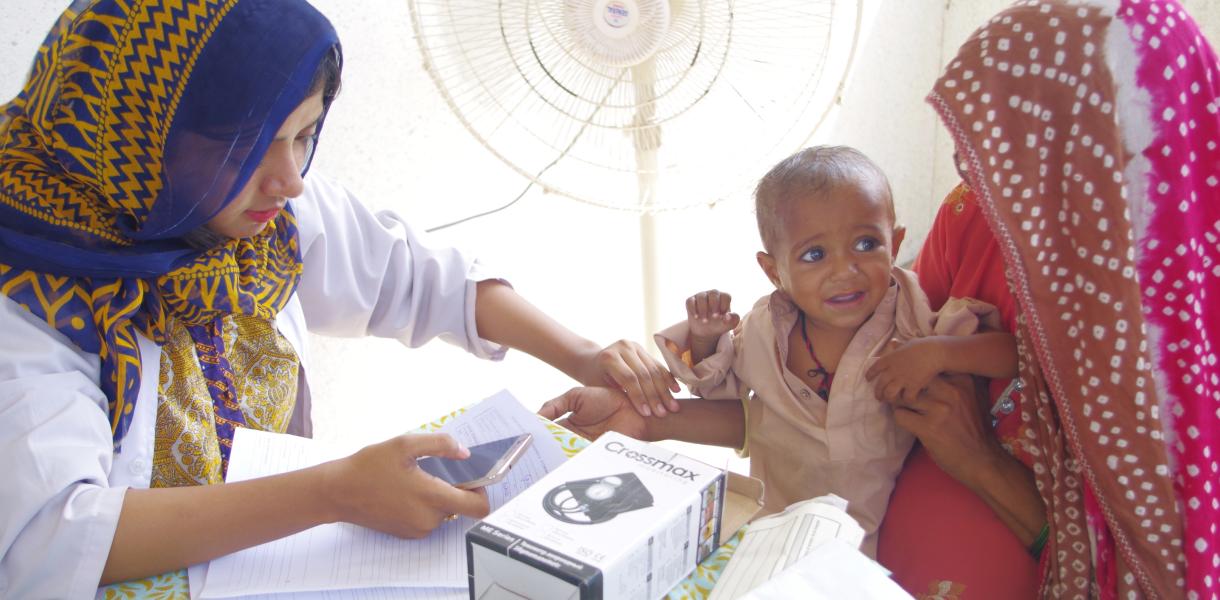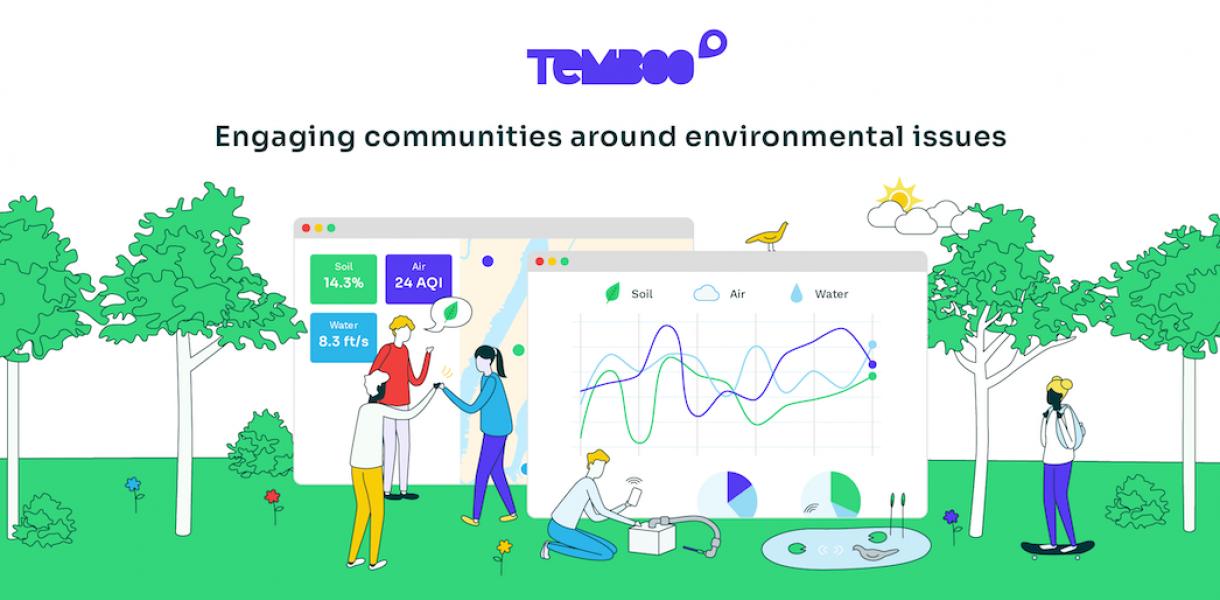What’s the design in a nutshell?
Spatial enables co-workers from all over the world collaborate, interact and work together through truly unique virtual spaces and holographic 3D avatars.
Why is it needed?
You might think Spatial was born out of necessity in a Covid-struck world, but that’s actually not the case. Founded in 2016, Spatial has long been addressing the needs of remote workers and global teams small and large. Instead of travelling back and forth and further burdening our environment with too many business trips, we could definitely use a sustainable and less limiting medium than video calls.
The benefits of being a global team come with intertwining different nationalities, ages, genders and backgrounds to build better and more impactful solutions. Providing the best possible platform for this is at the core of Spatial’s work.
How does it work?
Put on a VR/AR headset or turn on your computer or phone, and you’re good to go! Spatial can generate an avatar of you from just a selfie and from there mimic your expressions and movements to your co-workers.
The platform is also able to transform your room into a monitor on which you can draw presentations and share information with your hands – both in your own creative space or with other avatars. Spatial can also easily be integrated with existing work tools like Slack, Figma and Google Drive.
"Building teams internationally comes with diverse expertise and local knowledge."
How does it improve life?
As mentioned before, the Spatial design addresses two aspects of improving life: lowering our amount of transnational business travels and encouraging more diverse and global collaboration.
Business travel took a hit during the pandemic, but the spending on business travel increased in the years leading up to it. In European businesses, average travel spends more than doubled from 2016 to 2019 and in a survey done by TripActions in 2018, 90% of respondents said that business travel is essential to company growth. Safe to say, business travel will probably get its comeback post-pandemic.
But to focus on some highlights as well, Spatial’s solution offers a very appealing workflow for international teams. According to Harvard Business review, more and more companies are relying on a geographically dispersed workforce to succeed globally. Building teams internationally comes with diverse expertise and local knowledge, that make businesses competitive, but also creates cultural meetings and fosters international collaboration.
What’s the impact to date or projected impact?
Spatial is currently in use by global companies such as Mattel, Telekom and Ford to name a few. In fact, Mattel uses their platform to upload 3D images of toys for others to give feedback. They’ve been covered by media outlets such as TIME, Fast Company, BBC, Fortune and Variety.






